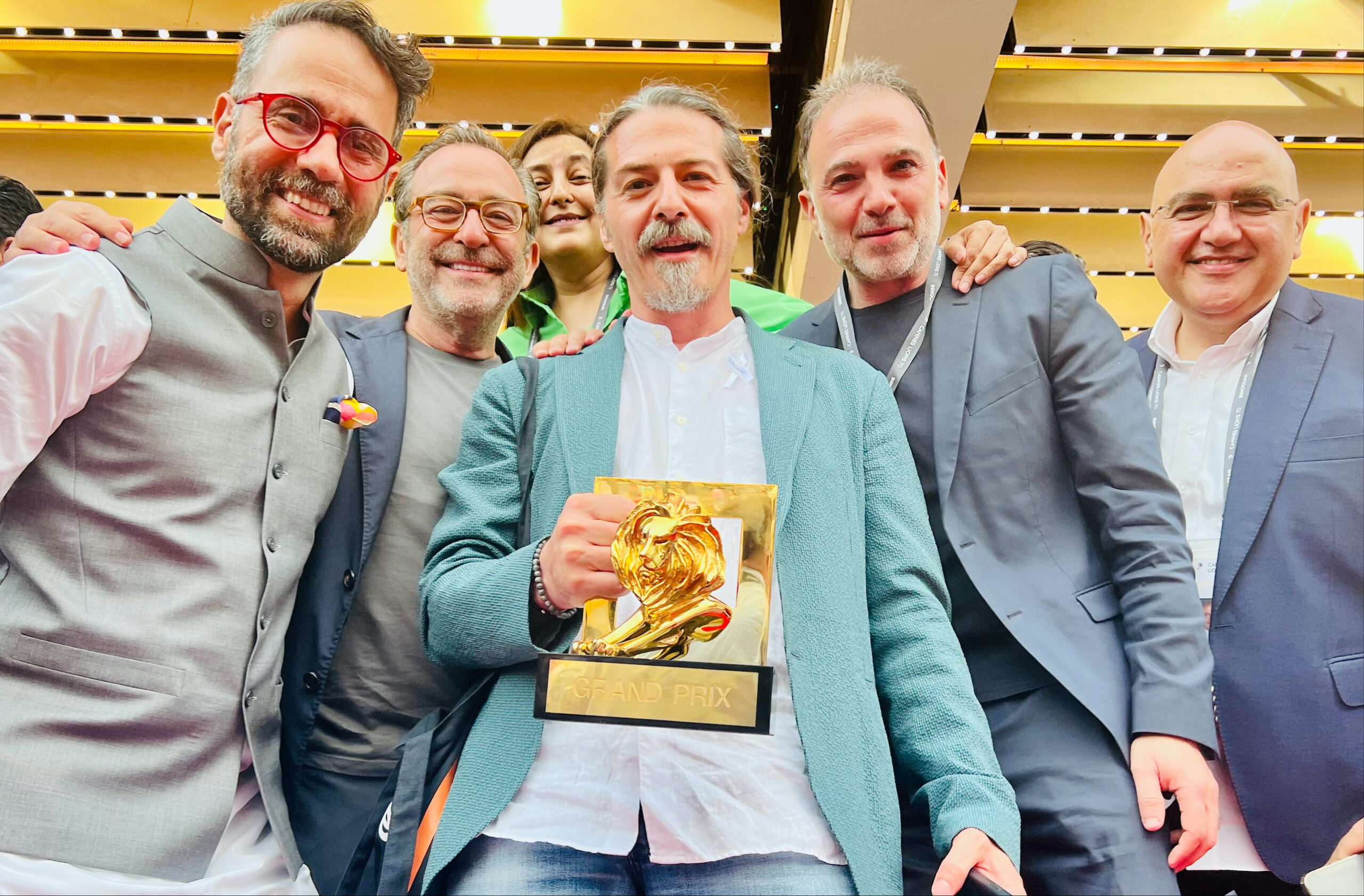
Every year before the Cannes Lions jury sessions start, we inevitably hear the classic quip about the judging process: while the Cote d’Azur sun shines bright outside the Palais walls, jury members will unfortunately be confined for two to three days in a windowless dungeon where they view and judge thousands of campaigns from around the world
I have once recommended the Cannes Lions team to conduct sessions with the jury sitting inside the Martinez pool, but in retrospect, I feel it’s completely unnecessary.
This year, for instance, the sunshine in the room was brought by the jury itself. I was given the task to preside over a jury of nine people that had more combined energy and spark than 620 million metric tons of pure hydrogen burning bright.
For the first time in its 70 years’ history, Cannes Lions had invited a jury president from the Middle East. And true to that momentous occasion of inclusivity, this was a most diverse jury – every geographical region was covered in terms of background experience. This resulted in the very opposite of an echo chamber, from which emerged the richest possible collection of awarded work.
In fact, there was so much goodness this year, the jury collectively decided to not award the same campaign or piece of work twice, and rather have a wide range of work to celebrate.
In Woody Allen’s classic “Midnight in Paris,” the character playing Hemingway is offered a manuscript to read, and before he even reads it, he says that he hates it. He goes on to explain that if the manuscript is bad, he will naturally hate it for wasting his time, and if it’s really good, he will hate it for not writing it.
This was how the jury operated mostly. I often speak about the primary ingredient needed for work to work: emotional voltage. It must affect something within you, and bring forth a reaction.
Going through the entries, the jury reacted no differently: we laughed, were awed, shocked, even cried. And yes, hated some of the best work. There was love at first sight at times, and at other times love after discussion and debate.

PRINT POWER
Rumors of the demise of print are greatly exaggerated. This is a category where brain power rules. How do you do something different in a medium where almost everything has been done before?
A medium that is arguably the toughest of them all, where it has to work within milliseconds without the extra stimulus that other media offer. There is real intelligence being deployed in this category, and it fights fiercely, it rages against the dying light that is attributed to it.
And it emerges victoriously every year, dazzling us as it did so this year with its originality and strategic craft.
As with all things today, the interconnectivity of print to all other media make it much more dynamic in this era than ever.
With the omnipresent discussion of AI, this is even more apt an indicator of where print is headed: the journey of how a campaign is constructed is now sometimes as important as the campaign itself. There is beauty in the process of creation, which transcends the medium itself.
I was speaking to a colleague on the overall quality of work this year at Cannes Lions, and we were in agreement: it was much, much bigger and better than previous years.
Just look at all the Grand Prix winners, no single campaign running through the show as in past years, but rather a wide collection, all sparking that emotional voltage on different levels. And we felt that the industry of creativity is in a much better place today. So much hope for the coming years.
The beauty of an event like Cannes Lions is that it’s not only a peek into the work that is doing well today, but is rather a long look into the future.
When I was briefing the jury, I mentioned that we need to look for work that sets the trends for the next five years, where we would like the industry to head, and what we would like the work to look like.
What exactly will print be like in 2028? Just take a look at the Gold winners this year.
All of it coming from this small room without a window, one which it didn’t really need as it gave the world a window itself to look at beautiful, intelligent work through. Work selected through a powerful collection of brains, and hope for a brighter future full of creativity.









